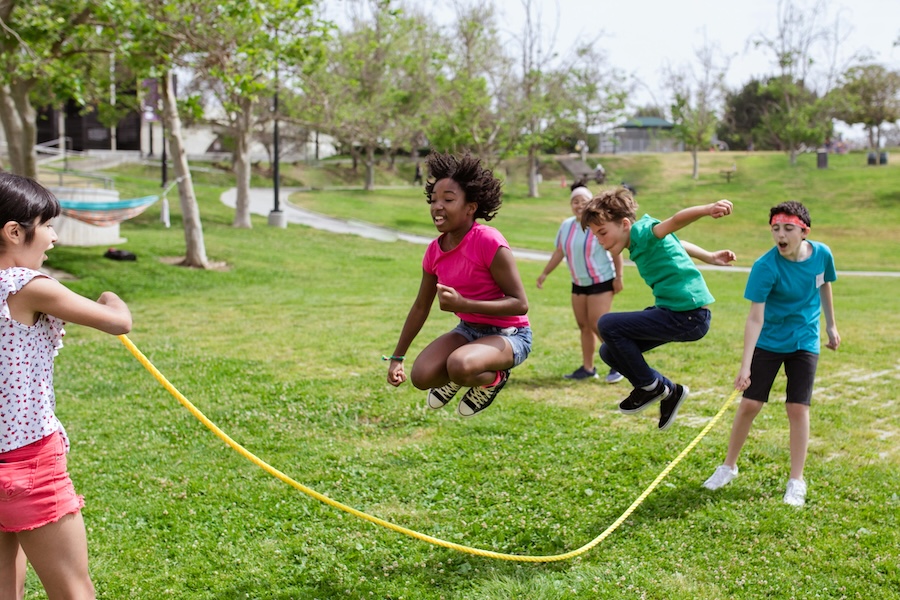Life is full of ups and downs—and school is no exception. Whether it’s a tough test, a friendship hiccup, or an overwhelming change, every student faces challenges that test their emotional strength. The question is: how do we help them bounce back?
The answer lies in resilience.
Resilience is more than just “toughing it out.” It’s the ability to adapt, recover, and grow from adversity. And it’s a skill that can be nurtured through daily practice—both in the classroom and at home.
In this post, we’ll explore resilience activities for students, how to model student perseverance, and simple ways to create a learning environment where students feel empowered to face life’s curveballs with courage.
Why Resilience Matters for Learning and Life
Resilient students:
- Stay motivated even when tasks get difficult
- Learn from mistakes instead of shutting down
- Handle stress and change more constructively
- Bounce back after setbacks with greater confidence
This emotional strength is not something students either “have” or “don’t have.” Like a muscle, it can be built through supportive relationships, emotional awareness, and intentional skill-building.
According to CASEL’s framework, resilience is supported by several core SEL competencies, especially:
- Self-awareness: Recognizing emotions and triggers
- Self-management: Regulating thoughts, actions, and stress
- Responsible decision-making: Learning from consequences and choosing healthy responses
Explore how resilience is supported in our Elementary SEL Curriculum and in our approach to Social Emotional Learning.
Resilience Activities for Students (K–6)
The following are in-classroom activities that can support students in building their resilience muscles.
1. “What’s In Your Control?” Chart
Draw a big circle and divide it in half:
- One side: Things we can control (attitude, effort, actions)
- Other side: Things we can’t control (weather, others’ choices)
This visual helps students sort their stressors and shift focus to what they can change.
2. Growth Mindset Pep Talk
Use phrases like:
- “Mistakes mean you’re trying something new.”
- “You haven’t mastered it yet.”
- “You can do hard things.”
Reframing struggles helps kids see effort and setbacks as part of the learning process.
3. “Bounce-Back Stories” Circle
Have students share stories of a time they:
- Faced something difficult
- Tried again
- Learned from it
Celebrate their grit and emphasize that bouncing back doesn’t always mean getting it “right”—just that they kept going.
4. Classroom “Try Again” Zones
Create a space where students can regroup and reframe. Include:
- Affirmation cards
- Breathing tools (like a pinwheel or stress ball)
- Journaling pages
This model promotes healthy self-regulation and gives students permission to pause, reflect, and return with a renewed perspective.
5. “Resilience Chain” Class Project
Each time a student tries again after a setback or shows perseverance, add a link to a paper chain in the room. Watch it grow as a visual reminder that resilience is a community strength.
Daily Practices That Nurture Student Perseverance
Model Emotional Honesty
When things don’t go as planned, share your own process:
“I felt frustrated when that didn’t work, but I’m trying again. I’m proud I didn’t give up.”
This teaches students that adults feel big emotions too—and move through them in healthy ways.
Normalize “Failure Moments”
Start the week with “Mistake Monday” where students (and teachers!) share something they got wrong—and what they learned. Turn these into class lessons about courage and curiosity.
Encourage Self-Talk Shifts
Teach students how to reframe inner dialogue:
- Instead of “I’ll never get this,” say “This is hard, but I’m learning.”
- Instead of “I’m bad at this,” say “I’m getting better with practice.”
These micro-shifts in language make a major impact over time.
Resilience at Home: Tips for Families
You can help families support resilience by sharing these take-home strategies:
- Create predictable routines: Structure helps kids feel safe enough to try, fail, and try again.
- Praise effort over outcome: Celebrate what your child did, not just how they performed.
- Talk about feelings openly: Let your child know that frustration, sadness, and anger are normal—and manageable.
- Model perseverance: When something is hard, narrate your process (“I feel stuck, but I’m going to keep working on it.”)
These small shifts add up to a home environment that reinforces what you’re teaching in school.
Teaching Resilience is a Long Game
You won’t always see the results right away—but with consistency, you’ll start to notice:
- Students recovering more quickly from disappointment
- Fewer meltdowns when things don’t go as expected
- A classroom culture where effort is celebrated, not just perfection
Resilience doesn’t mean kids stop feeling discouraged. It means they learn how to keep going anyway—and feel proud of themselves for doing so.
With tools like our Tools of the Heart and Social Emotional Learning strategies, you can help them bounce back stronger, day by day.


